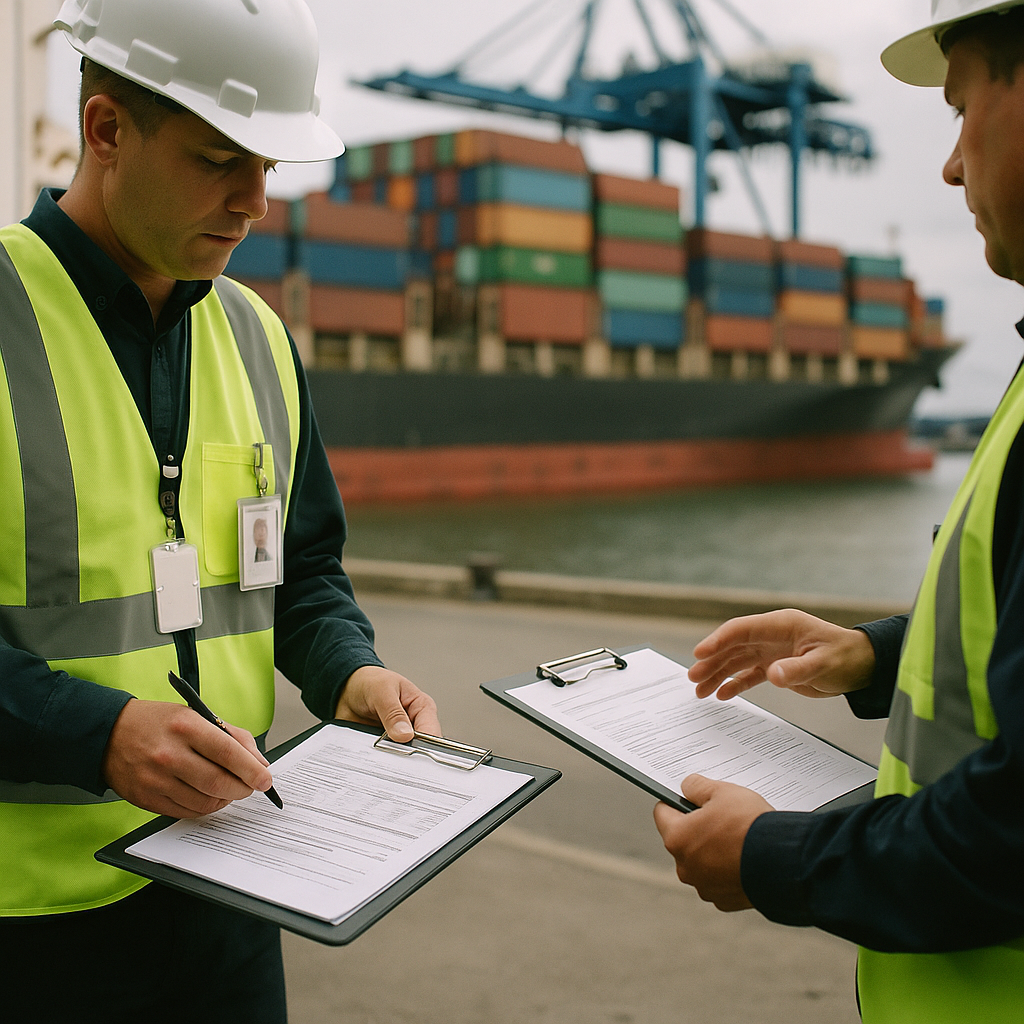
Neutralising the Boxship Orderbook: A Herculean Task
In the ever-evolving landscape of global shipping, the container shipping industry is currently grappling with a significant challenge: the need to balance an overwhelming orderbook of new vessels. This task has become particularly pressing as the industry faces the dual pressures of environmental regulation and fluctuating market demands. According to recent analyses, neutralising the current boxship orderbook would necessitate the scrapping of every vessel built before 2010. This situation underscores the complexities of fleet management and the broader implications for global trade and environmental sustainability.
The Surge in Newbuild Orders
The container shipping industry has witnessed an unprecedented surge in newbuild orders, driven by a combination of factors including technological advancements, regulatory pressures, and market dynamics. The current orderbook represents a significant portion of the existing fleet, creating an imbalance that threatens to disrupt market stability. As reported by Splash247, the sheer volume of new vessels slated for delivery poses a challenge that could only be mitigated by retiring older, less efficient ships en masse.
This influx of newbuilds is partly a response to stricter environmental regulations, which are pushing shipping companies to modernize their fleets with more fuel-efficient and environmentally friendly vessels. The International Maritime Organization’s (IMO) regulations on sulfur emissions and carbon intensity are key drivers behind this trend. However, the rapid pace of new orders has outstripped the industry’s ability to retire older ships at a corresponding rate, leading to an oversupply that could depress freight rates and strain operational efficiencies.
Market Dynamics and Freight Rates
The impact of this fleet expansion on freight rates is a critical concern for industry stakeholders. An oversupply of vessels typically leads to a decline in freight rates, as shipping companies compete for cargoes in a saturated market. This dynamic can erode profitability and deter investment in further fleet upgrades or expansions.
According to Splash247, the current market conditions are reminiscent of past cycles where overcapacity led to prolonged periods of low rates. The industry is keenly aware of the need to avoid repeating these historical patterns, yet the sheer volume of new ships entering the market makes this a challenging prospect. The balance between supply and demand is delicate, and any misalignment could have far-reaching consequences for the financial health of shipping companies and the broader global trade ecosystem.
Fleet Management Strategies
In response to these challenges, shipping companies are exploring various fleet management strategies to align capacity with demand. Scrapping older vessels is one approach, particularly those built before 2010, which are less efficient and more costly to operate under current environmental regulations. However, the decision to scrap is not straightforward, as it involves weighing the costs and benefits of retiring vessels against the potential for market recovery and future demand growth.
Another strategy involves the deployment of vessels in niche markets or alternative trade routes where demand remains robust. This approach allows companies to optimize their fleets’ utilization and mitigate the impact of oversupply in traditional trade lanes. Additionally, some companies are investing in retrofitting older vessels with new technologies to extend their operational life and improve efficiency, although this requires significant capital investment.
Geopolitical and Regulatory Influences
Geopolitical factors and regulatory developments also play a crucial role in shaping the container shipping landscape. Trade tensions, such as those between major economies, can influence shipping patterns and demand for containerized goods. According to insights from Splash247, tariffs and trade policies can have a profound impact on the dry bulk sector, and similar dynamics are at play in the container shipping industry.
Moreover, regulatory pressures are not limited to environmental standards. The ongoing digital transformation of the shipping industry, driven by the need for greater transparency and efficiency, is prompting companies to adopt new technologies and operational practices. These changes are reshaping the competitive landscape and influencing strategic decisions around fleet composition and management.
Analyst Perspectives
Industry analysts offer varied perspectives on the path forward for the container shipping sector. Some view the current challenges as an opportunity for innovation and transformation, suggesting that the industry can emerge stronger by embracing new technologies and sustainable practices. Others caution that the road to equilibrium will be fraught with difficulties, as companies navigate the complexities of fleet renewal, regulatory compliance, and market volatility.
A more optimistic viewpoint posits that the current oversupply could be a temporary phase, with demand eventually catching up as global trade rebounds from recent disruptions. Conversely, a more cautious outlook warns of prolonged market instability if the industry fails to address the underlying issues of overcapacity and regulatory compliance.
Conclusion: Navigating Uncertain Waters
The container shipping industry stands at a crossroads, facing the daunting task of neutralising an overwhelming orderbook while adhering to stringent environmental regulations and navigating uncertain market conditions. The base scenario suggests a gradual adjustment period, where strategic fleet management and regulatory compliance help stabilize the market. In a bullish scenario, a robust recovery in global trade could absorb the additional capacity, leading to improved freight rates and profitability. Conversely, a bearish scenario envisions prolonged market instability, with persistent oversupply and regulatory challenges weighing on the industry’s prospects.
Ultimately, the path forward will require a delicate balance of strategic foresight, operational agility, and a commitment to sustainability. As the industry charts its course through these turbulent waters, the decisions made today will shape the future of global trade and the maritime sector for years to come.
Sources (selection):
